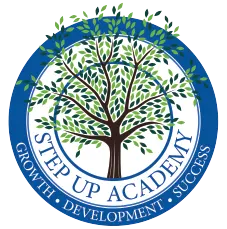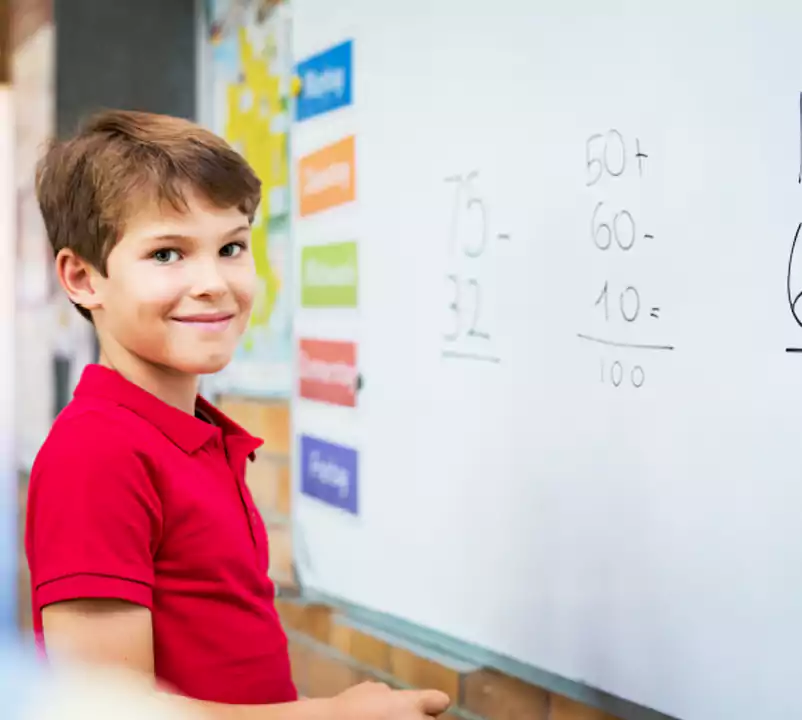Math Tutoring For All Grades:
Kindergarten Tutoring | Elementary School Tutoring | High School Tutoring


Is your child struggling with math, feeling lost with homework, or lacking confidence? At Step Up Academy, our expert Math Tutors, led by Ontario Certified Teachers, provide personalized support to help your child succeed. Through tailored math tutoring, we help students master challenging concepts, stay on track with homework, and build confidence. With free assessments and our Step Up Live platform, parents can monitor progress and communicate with tutors. Let us help your child overcome math challenges and reach their full potential!
Topics We Cover:
From Basics to Advanced – Comprehensive Math Tutoring in Scarborough, Ajax & Oshawa
Number Sense
Algebra
Geometry
Coding
Calculus
Functions
Financial Literacy
Data Management
Scarborough | Ajax | Oshawa — Personalized Learning, Your
Way.
Flexible In-person and Online
Tutoring
How We Help Your Child In Math:
School Support
–
We use various tools such as whiteboard, online simulations and manipulatives to reinforce student learning.
–
At our tutoring center , we work alongside students to help clarify specific math topics being taught in school.
–
We provide additional math work to help students with practice.
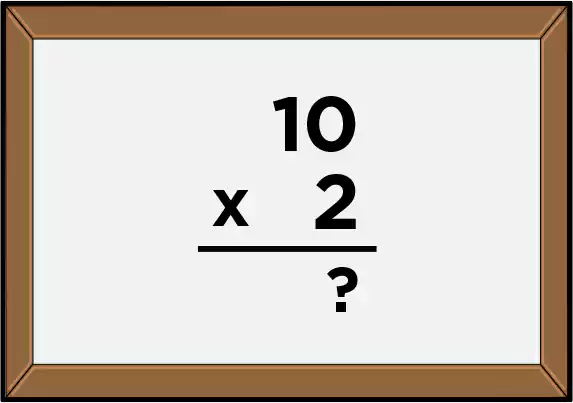
Math homework and Assignment Support
–
We open the space for students to share school work with us so we can explain things to them.
–
Our math tutors provide students with feedback when they need it, helping guide them to success.
–
We prompt students with questions to help them come up with more ideas.
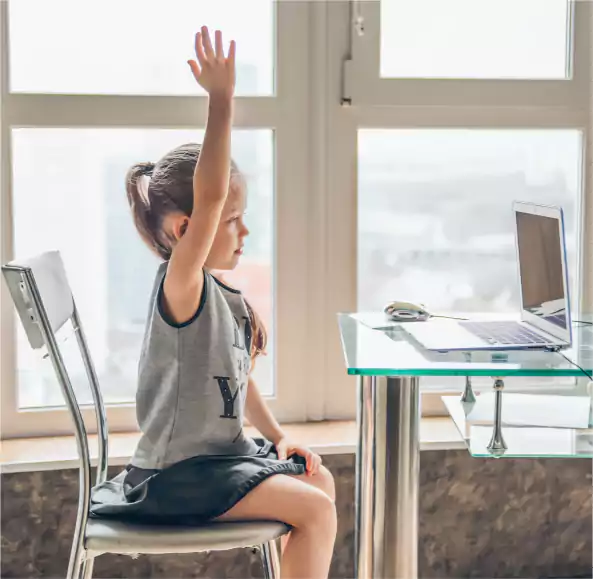
Test and Exam Prep
–
We provide students with additional practice work to help reinforce learning.
–
We identify gaps in their learning to ensure they go into their test prepared.
–
We proactively communicate with students about upcoming tests and exams to ensure prep is not done last minute.
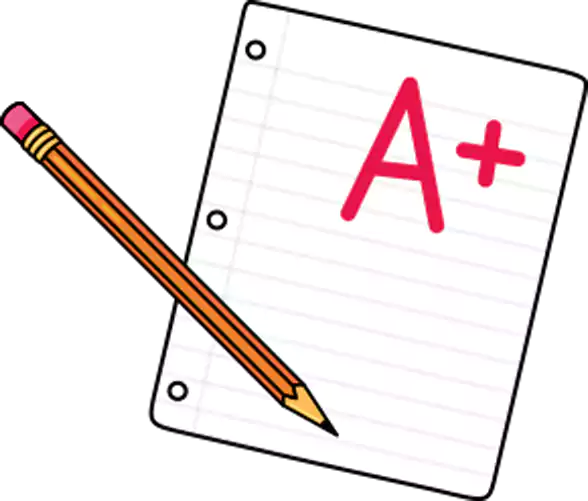
Learn Ahead
–
We provide students with lessons and work based on their curriculum expectations.
–
We assess student work to ensure they are on track to learning the expected content for their grade.
–
We communicate with parents to ensure everyone is informed.
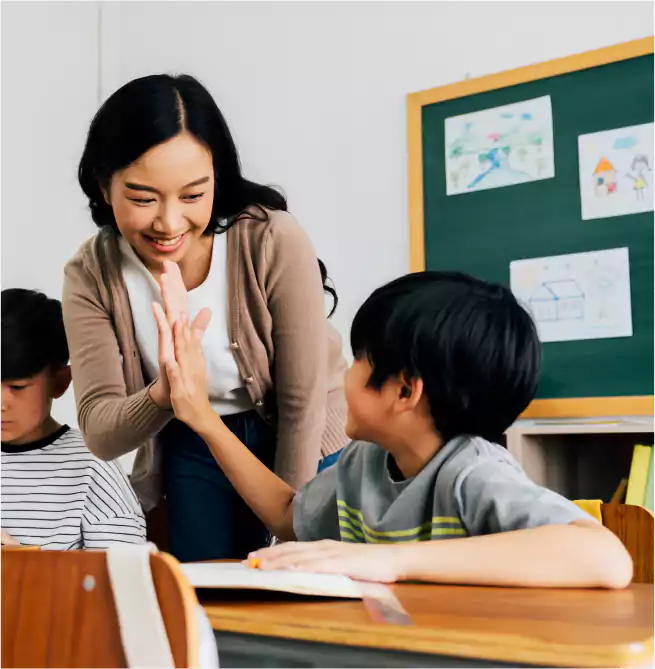
Scarborough | Ajax | Oshawa — Personalized Learning, Your
Way.
Flexible In-person and Online Tutoring
Book a Free Assessment to
Discuss Your Child’s Learning Needs!
How We Get Your Child to Love Math:
Unlock Your Potential with Top-Rated Math Tutoring in Scarborough, Ajax & Oshawa
Free Assessment
Every child is different, and as math tutors, we recognize that the best way to support them is by understanding their specific challenges. We assess academic skill in the different strands in math and conduct an analysis of the most recent report card.
Individualized Learning Plan
Based on the assessment, we develop a tutoring plan to ensure we are setting your child ip to succeed. Next we identify the best class for your child and match them up with the perfect online math tutor so we can teach them to love math!
Monitor for Progress
Our unique and dedicated student success team will monitor your child’s progress and conduct check-ins to ensure your child is on track. Our ongoing assessments and tutor feedback via our custom program – Step Up LIVE will ensure that you are also kept in the loop.
Success You Can See
Success is measured by your child’s performance in school. At Step Up Academy, we strive to ensure that your child sees an improvement in their marks and learning skills at school. This helps us keep your child motivated in learning and striving for success.
Our Formula for Achieving a
99% Success Rate:


As parents, you can monitor and follow your child’s growth by logging into Step Up LIVE – our custom-developed learning management tool where you can:
- Read teacher comments after each class.
- Review assessment marks and graphs to track growth.
- Message teachers.
- Track student classes, attendance and access receipts.
Step Up LIVE allows you to play an active role in your child’s learning and become a part of the solution.
Sign Up For a FREE Assessment Now!
Your Child Will:
Work with a certified math tutor who is an expert in the field.
Recieve custom-prepared work that challenges them to think critically.
Get access to Step Up Live, our custom developed management tool to:
–
Track attendance
–
Math homework completion
–
Results from ongoing assessments
–
Monitor your child’s growth and MORE!
Recieve school and math homework support whenever needed.
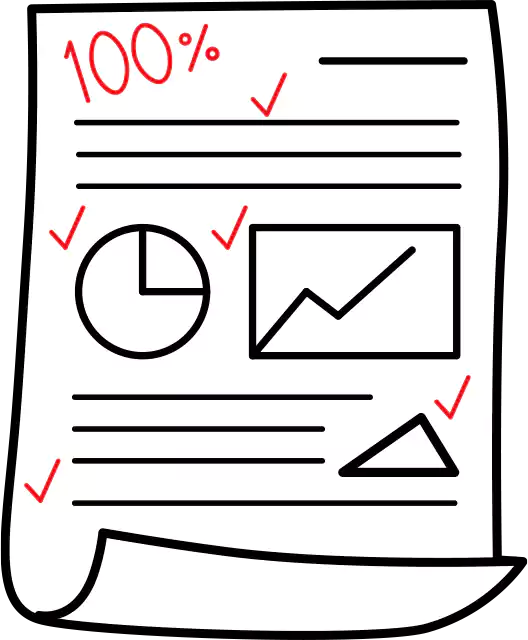
* Free Assessments are only provided to students between Preschool to Grade 8 because their school years are longer and offer more time to asses and place them. Students between Grades 9 to 12 are in a tighter timeline and our policy is to place them with math tutors right away to ensure success.
Testimonials:
Scarborough |
Ajax | Oshawa — Personalized Learning, Your Way.
Flexible In-person and Online Tutoring
